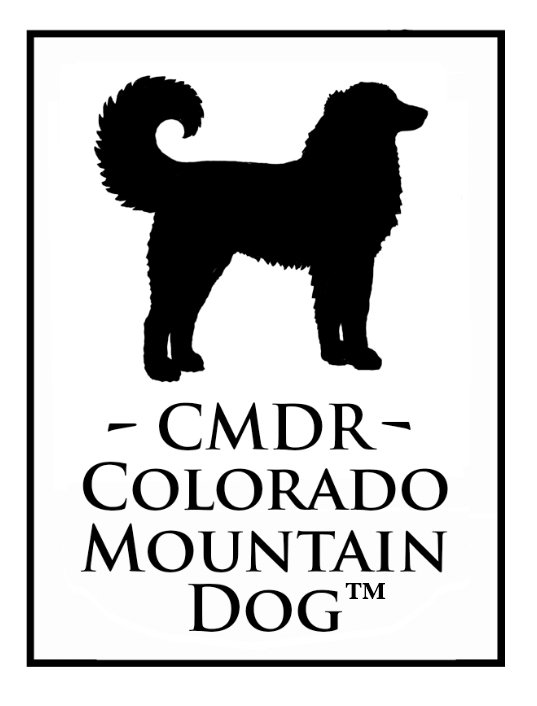~ Articles ~
Line Crossing Limitations
An important detail about line-crossing line crossed dogs.
For you advanced breeders: Here is an important thing you won't find in the Jay Lush articles and formulas of line crossing. (Jay Lush, now deceased, father of modern domestic genetic breeding concepts).
I have line crossed Caspian. Caspian himself was not a line crossed dog. I was able to line cross, and to direct the line crossing of his genetics with others, for the purpose of capturing a lot of his traits.
I now own a line-crossed grandson who is almost 50% Caspian. I may not line cross this dog, because he is line crossed and doing so begins to stack up the coefficients of my pedigrees.
The coefficient is the other determiner of our boundaries for line crossing...it goes hand in hand with the Lush Formulas. The coefficient is the percentage of line crossing in any pedigree overall, and it gives an immediate picture of the genetic diversity and health of a pedigree.
When you repeat a dog in a pedigree, you are also repeating everything behind that dog and there is a limit to how far you can go.
I may still line cross CASPIAN when I use Aslan. But I really can't line cross Aslan as I did Caspian.
What I can do, is to pair Aslan with a dog that has a limited amount of Caspian in her, which does not come through Toz, Reg, or Aravis, but from a different genetic direction.
In doing so, I am not line crossing Aslan, but Caspian.
This is why I urge people who own that rare special outcross dog, whether it is male or female, to do different pairings. I wish I had done more with Caspian. Only one dog may be line-crossed in the close generations of a ped.
This is why I am encouraging the line crossing of Chuck Norris, who has reached that status in the breed. Other dogs will too.
You can't follow the Jay Lush formulas with dogs that are already line-crossed without beginning to watch the coefficient. I can continue to line-cross Caspian, who is a complete outcross. I can go as far with him as the number of outcross females he was bred with, and do careful trait selection along the way as I bring in outcross genetics to keep the coefficient down. (The trait selection is the point).
All this is seasonal -- there will come a time in the future when we either do or do not have his traits. This is true of every dog that comes into the program with unusually spectacular temperaments and body type, and why we really need to grasp line crossing, which is how every domestic breed is built, even when the breed doesn't have a single founding animal. We need to understand the point at which it becomes inbreeding.
